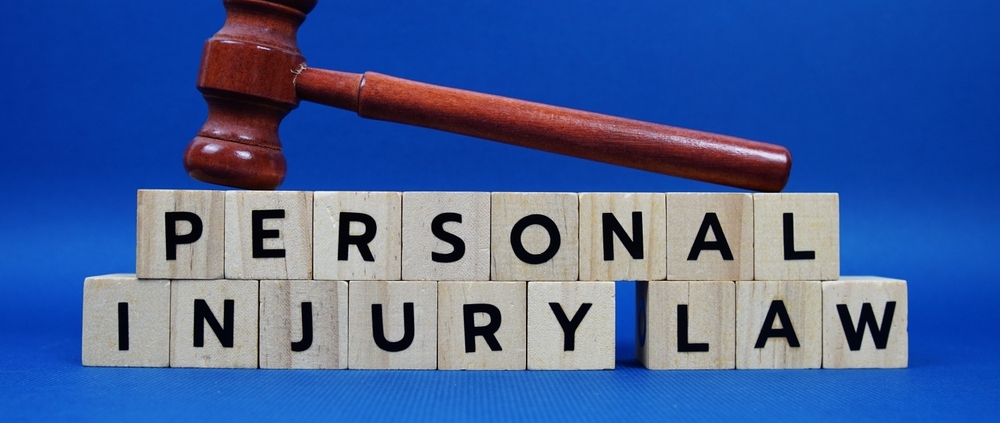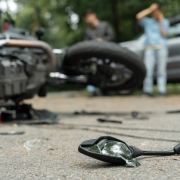Construction Site Personal Injury Litigation in New York: Labor Law §§ 200, 240(1), and 241(6) – SEO Blog Format (2025)
What is New York Labor Law § 200?
Labor Law § 200 codifies the common-law duty of an owner or general contractor to provide a safe workplace.
Key Facts:
– Applies to owners and contractors who control the work or the premises.
– Requires evidence of negligence and notice of the hazard.
– No recovery unless the defendant was at fault.
New York Labor Law § 240(1): The Scaffold Law
Section 240(1) provides strict liability for certain gravity-related injuries during construction work.
Covered Activities:
– Demolition
– Erection
– Alteration
– Repair
– Painting or cleaning
Injury Must Involve:
– A fall from a height, or
– An object falling due to elevation differential
Why It Matters:
– Fault is irrelevant. Even if the worker was careless, they can still recover.
– Liability is absolute if a safety device was not provided or failed.
Labor Law § 241(6): Liability for Industrial Code Violations
This statute requires proof of a specific violation of the New York Industrial Code (12 NYCRR Part 23).
Requirements:
– A concrete and specific safety rule must have been violated.
– The injury must occur during construction, demolition, or excavation.
– Comparative fault is allowed—damages can be reduced.
Eligibility to Bring a Claim Under Labor Law
Who Can Sue?
– Be engaged in construction-related work
– Injured during an enumerated activity
– Bring suit against a qualifying defendant (owner, GC, or their agent)
Who Is Excluded?
– Homeowners of 1-2 family homes (if not directing the work)
– Subcontractors (unless they had supervisory authority)
– Workers performing routine maintenance
Common Defenses and Pitfalls
Sole Proximate Cause:
– If the injury was entirely the result of the worker’s actions, the claim may be barred.
Recalcitrant Worker Doctrine:
– Used sparingly. Requires evidence the worker refused to use an available safety device after being instructed.
Strategy: Plead Multiple Causes of Action
Savvy legal teams often allege all three statutory violations plus common-law negligence to preserve the case.
| Theory | Burden of Proof | Fault Required | Common Defenses |
|————–|———————-|—————-|——————————|
| § 200 | Negligence + Notice | Yes | No control, no notice |
| § 240(1) | Gravity + No Device | No | Sole proximate cause |
| § 241(6) | Code Violation | No | No specific rule violated |
Recent 2025 Case Law Examples
Rodriguez v. Silver Rock Contracting (2025):
Worker fell from scaffold with no guardrails while repairing windows. Court found § 240(1) liability.
Gonzalez v. Midtown Renovations (2025):
Plaintiff slipped on unsecured plywood. Code violation upheld under § 241(6).
Liu v. Hudson Prop. Mgmt. (2025):
Window cleaner’s § 240(1) claim dismissed—task deemed maintenance.
Damages and Litigation Trends in 2025
Rising Settlements:
– Many cases now settle between $2 million to $8 million.
Insurance Company Tactics:
– Surveillance
– Proximate cause arguments
– Challenging specificity of Code violations
Final Thoughts: Know the Law, Protect the Worker
New York’s Labor Law protections are powerful tools. Successful litigation hinges on:
– Understanding who qualifies
– Demonstrating a statutory violation
– Countering anticipated defenses












Leave a Reply
Want to join the discussion?Feel free to contribute!